A few months ago, I made a commitment to myself. I pledged to stop buying books (I’ve literally built the most amazing bookshelf of unread books) and, instead, either read a book I’ve yet to start or reread something that I loved but just kind of forgot about.
This past week, I decided to reread the book “The Talent Code” by Daniel Coyle. It’s really a fantastic book. And it is something that is a bit more tactical and universally applicable in comparison to the business and leadership books I’ve been reviewing as of late. In the book, Daniel addresses his belief that greatness is not necessarily born but harnessed and cultivated.
In studying the reasons that certain parts of the world are “talent hotbeds”, locations where certain activities notoriously thrive (for example, think about Brazil and the number of talented soccer players it produces), Daniel discovers that it is not necessarily the things that you’d typically expect to lead to talent creation – passion, tradition, long practice sessions, etc. Rather, what Daniel finds is that it is the structure of the practice that made all of the difference. He calls this form of development “deep practice”, and I believe this methodology can be applied in our own sales careers.
First, let’s define what Daniel means by Deep Practice. Deep Practice consists of stretching yourself just outside your comfort zone, stopping and reflecting when errors occur, making adjustments, and continuing this process over time. It can apply to a wide range of skills – from playing the piano, to hitting a golf ball, to delegating a task to a teammate, to circle prospecting a just sold! That said, how do you practice Deep Practice? Here are three steps to implementing the strategy in your business and personal worlds.
Step 1: Chunk the work into smaller components
As Daniel states, “In the talent hotbeds I visited, the chunking takes place in three dimensions. First, the participants look at the task as a whole, as one big chunk, the mega circuit. Second, they divide it into its smallest possible chunks. Third, they play with time, slowing the action down, then speeding it up, to learn its inner architecture.”
So let’s look at a traditional real estate sales script as an example. Rather than practice the script from start to finish, as we oftentimes teach our agents to do, instead break the script into smaller, bite-sized pieces. In your next script practice session, try to only focus on the “intro” portion of the script until it is perfected. You may be shocked at how naturally the intro begins to feel when you’re not thinking about multiple cues, voice inflection and tonality, potential objections to later parts of the script, and closing for the appointment, all at the same time.
In other sessions, focus on the portion of the script where there’s a weakness, for example in the closing/outro portion. Spend concerted time only working on this segment of the script versus running through the whole script, much of which you may have already mastered.
Step 2: Get your reps in!
There is nothing you can do to replace repetitions. And every time you practice and repeat a task, you build up the layers of myelin around your axons, improving their insulation. What does this mean? As Daniel states, “Every human skill is created by chains of nerve fibers carrying a tiny electrical impulse – basically, a signal traveling through a circuit. Myelin’s vital role is to wrap those nerve fibers the same way that rubber insulation wraps a copper wire, making a signal stronger and faster by preventing the electrical impulses from leaking out. When we fire our circuits in the right way – when we practice swinging a bat or playing a musical note – our myelin responds by wrapping layers of insulation around that neural circuit, each new layer adding a bit more skill and speed.” Given this, it is clear that the more focused repetitions we clock, the more skill and speed we develop…just like lifting weights and training your muscles.
Keep in mind, Myelin is dynamic tissue. It builds with more practice and diminishes with less. This is why you may feel rusty after a few days of not dialing and speaking with prospects. Take a few months off and you are practically starting at ground zero.
Step 3: Find a partner
While you can certainly deep practice on your own, research indicates that having a peer alongside you or even just a set of eyes (or ears) on your performance while you are practicing will significantly increase your output and success. So when putting the practices above into action, invite someone else to join you. In real estate script development, this sort of relationship comes in the form of a role-play partner. In addition to the role-play partner, it is advantageous to have someone in your training circle to constructively critique your performance. Maybe they see or hear something that you do not notice. Or maybe they can be a sounding board for new discoveries. At the very least they can hold you accountable to steps 1 and 2 above!
In conclusion, the detail included here is just the tip of the deep practice iceberg! I encourage you to not only read Daniel Coyle’s phenomenal book on the subject but also research how best to put his book’s principles into action.

